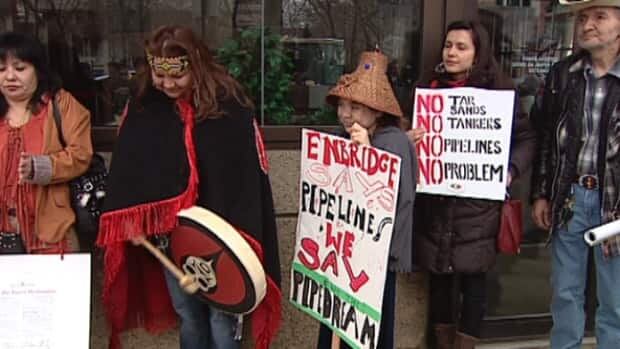Comments on Heidi Upham’s Blog post: Ben and Jerry’s – More Than Just Ice Cream
At more than half-way through the course, many topics mentioned in earlier lectures are starting to come back, interrelated and overlapping with one another; it is interesting to see how different aspects we discussed in class connects and influences business in different ways. For instance, the article on Ben and Jerry’s new position against GMO involves several aspects we discussed in class that could influence the company’s performance, such as ethics issues, brand image development, competitive strategies, value prepositions, CSR and CSV.
Just as Heidi mentioned, by contributing back to the community through its many initiatives (i.e. its foundation and support of grassroot organizations to promote change), the firm is also benefiting itself by reshaping and improving its overall image. This effort on being socially conscious also fits in with the transient approach in terms of strategies. One of things we have discussed earlier in one of the tutorials was how study shows customers tend to be more concerned over the impression of a brand than the difference among the product themselves. Thus, by creating a positive, relatable image for the customers, the brand is well on its way of establishing an alternative (yet effective) way of brand promotion.
What really interested me was the primary purpose of its website: rather than focusing on its products, Ben and Jerry’s marketing team has obviously recognized the importance of letting its customers know the company’s value and the ways it operate. Today, this is becoming increasingly important and more influential on the public’s buying decisions, as public awareness and demand continues to be magnified by media and internet.
Works Cited
Terri Hallenbeck, The Burlington (Vt.) Free Press. “Ben and Jerry’s Says Goodbye to GMOs.” USA Today. Gannett, 15 June 2014. Web. 30 Oct. 2014.
Upham, Heidi. “Ben and Jerry’s – More Than Just Ice Cream.” Heidi Uphams Blog. UBC Blogs, 4 Oct. 2014. Web. 29 Oct. 2014.

